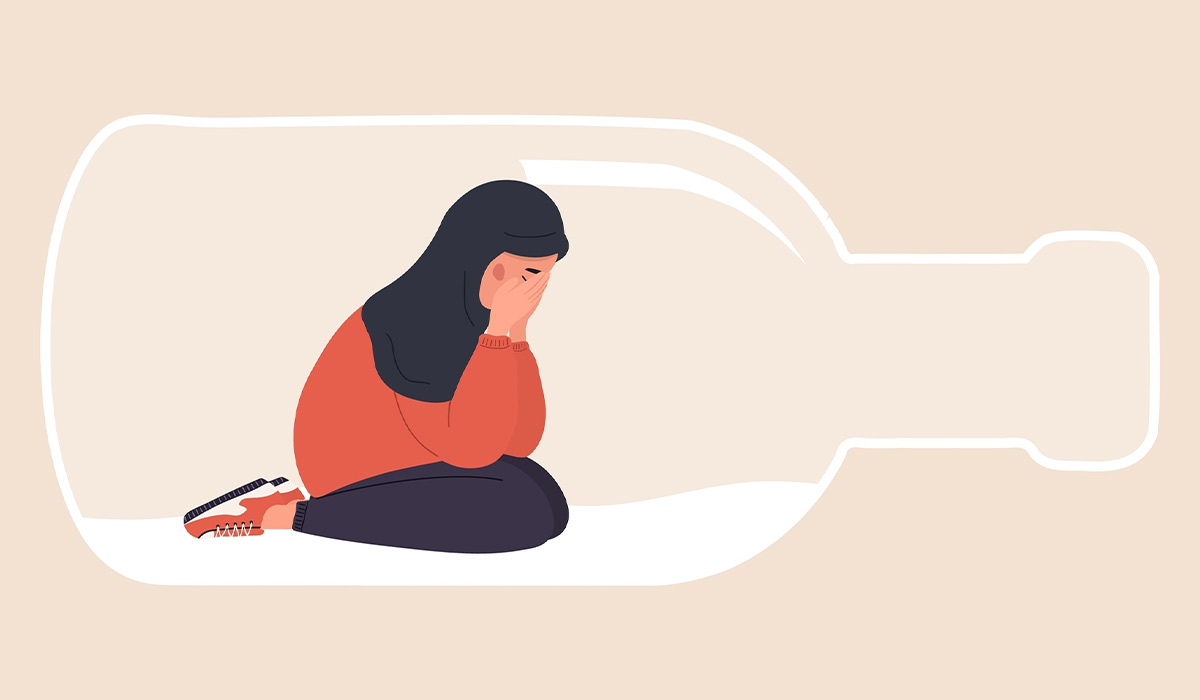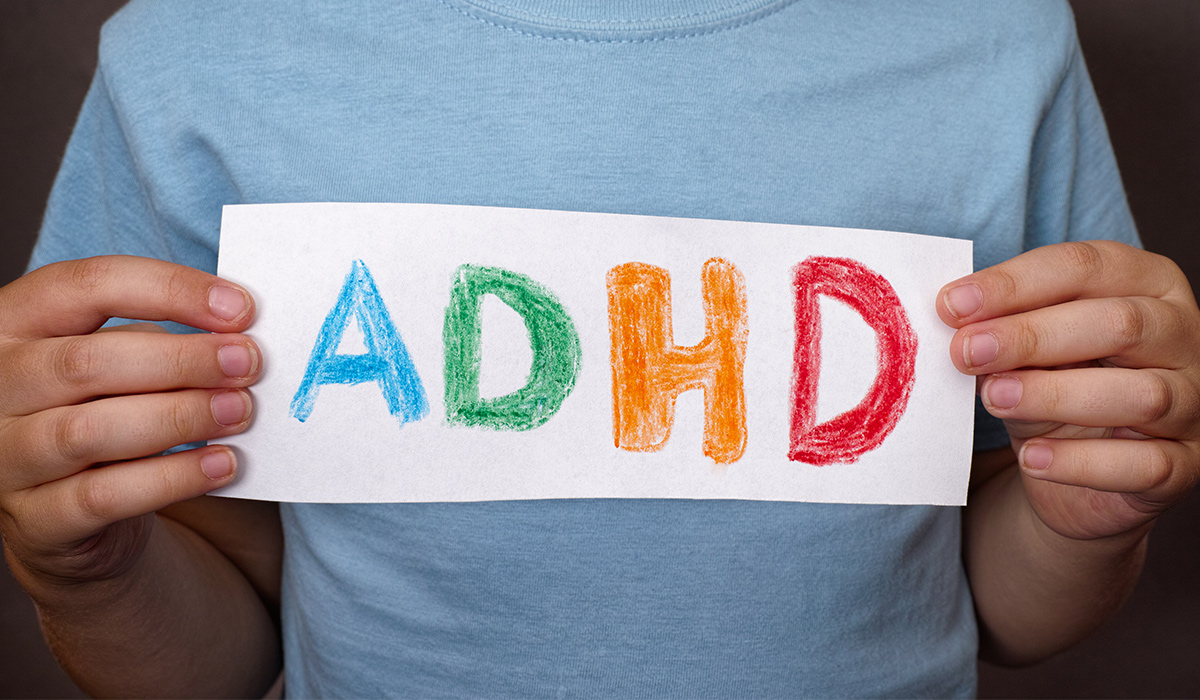
The Concept Of Burnout According To Christina Maslach
American psychologist Christina Maslach created a detailed, research-supported concept of burnout. Together with her colleagues, she undertook to develop the concept of a professional functioning in principle as a social problem, conducting large-scale research on people working in professions burdened with stress factors.
At that time, such professions included, among others:
- Medical workers
- Social care workers
- Workers providing legal assistance to the poor
- Prison workers
Conclusions
The data collected based on professional experience showed that the people included in the study could recognize characteristic symptoms, which later penetrated the psychological literature and are still relevant today.
According to the scientists’ observations, the concept of burnout included:
- Physical and mental exhaustion
- A negative way of perceiving
- Increased emotional tension
- Loss of empathy
- Inappropriate behavior towards patients
- Crisis of Professional Competence
Burnout Syndrome
Combining various definitions of burnout from different literature sources, we can confidently state that it encompasses a range of psychological and social characteristics resulting from prolonged work-related stress and mental or physical exhaustion.
Individuals experiencing emotional exhaustion lose their motivation, strength, and enthusiasm for their work. Professional burnout can affect anyone, particularly those who initially displayed high motivation levels, commitment, and energy in their field.
The significance of one’s chosen career is emphasized when explaining professional burnout. Those in professions involving emotional strain, such as healthcare, social work, the justice system, or education, are particularly susceptible to work-related emotional stress.
Causes
The profession’s importance is often highlighted in the risk of professional burnout. This condition is not simply caused by excessive motivation and failure to achieve goals. Professional burnout encompasses more than just a decrease in energy and motivation. Emotional exhaustion contributing to professional burnout is the effect of deep disappointment with the mission performed (in the opinion of the person affected by this problem) and, in connection with this – the loss of illusions and meaning.
An emotional crisis results from, among other things, working with other people in a specific way. The causes of professional burnout are seen primarily in the specificity of the work performed. If the profession requires close interpersonal contact and emotional involvement is inevitable, it can be assessed with the probability that people performing such work are exposed to burnout syndrome.
It is not without reason that the list of burdened professions includes professions of public trust, which are associated with maintaining constant contact with people in need.
Chronic stress is essential in diagnosing burnout syndrome, which may result from excessive duties assigned by the superior and so-called overstimulation.
Increasingly high demands and responsibilities, time pressure, insufficient rest, a lack of a healthy balance between work and private life, and a sense of lack of control are some factors that burden the psyche and affect general well-being and health.
The cause of burnout is insufficient satisfaction with oneself and the meaning of what one does. Such a feeling is not facilitated by insight into the lives of others who are subjectively assessed less critically than oneself. Too high expectations regarding one’s career and what one strives for shorten the distance between emotional fatigue and burnout syndrome.
The often overused concept of burnout is associated with identifying this severe disorder in professional functioning with discouragement, physical fatigue, and often alienation in the workplace.
Of course, being in an environment with people with whom one does not want to work is equally uncomfortable and stressful. Still, it is associated with consequences and solutions other than those associated with the deep crisis of professional burnout.
In addition to the causes of burnout listed above, there are also those related to specific interpersonal skills (required from people from so-called risk groups), i.e., attentive and active listening, empathy, patience, discretion, assertiveness, and high personal culture.
Fatigue, pressure, and a high sense of commitment combined with emotional burdens mean that maintaining an appropriately high level of social competencies may be too burdensome for a person and become a direct cause of professional burnout.

Burnout As A Process
The International Classification of Diseases (ICD-11) defines burnout as a professional syndrome resulting from chronic workplace stress that has not been effectively managed due to various factors. It is characterized by feelings of energy depletion, increased psychological distance from work, and a sense of ineffectiveness and lack of achievement.
Stages
Some specialists believe that burnout is a process that develops slowly, and sometimes, it is difficult to notice and interpret the symptoms. Therefore, it can be assumed that the first warning signals are usually not noticed or misinterpreted.
The researchers suggest that there are following stages of the burnout process:
- Stage 1: Undertaking activity becomes a compulsion. Effective action is needed due to high expectations toward oneself. The willingness to accept one’s limitations decreases.
- Stage 2—The key to self–fulfillment is increased commitment to work, to prove to oneself that it is possible to be a valuable person. At this stage, it is significant to practice delegating tasks.
- Stage 3 – significant at this stage is est neglecting one’s needs because the desire to relax or time devoted to relationships – in this sense – is not as important as work. Failure to meet such needs can be compensated for by alcohol, nicotine, caffeine, or medications. It is also possible to intensify sexual needs.
- Stage 4: A conflict between internal and external needs is felt. It causes a loss of energy and exhaustion of the body. Malicious behavior begins to appear.
- Stage 5: The order of priorities changes, and the person has no energy, among other things, for social contacts. Sometimes, previously important life goals become outdated, assessed negatively, and treated as unnecessary and redundant.
- Stage 6: The person loses adaptive capabilities, i.e., changes in behavior appear, efficiency decreases, and tolerance increases. Symptoms of this state include isolation from the surrounding world, cynicism, aggressiveness, depreciation of reality, lack of patience, and empathy. Efficiency drops significantly, and physical problems appear.
- Stage 7 – the person’s current state is characterized by a lack of orientation, loss of perspective, reduced hope for the future, and complete alienation. Again, relief and comfort is sought in alcohol, drugs, or medicines.
- Stage 8: Changes in the person’s behavior are visible. The process of isolation and withdrawal from life is current. Any expression of interest in the surrounding world is interpreted as an attack. Paranoid reactions may also appear, e.g., thoughts become absurd and detached from reality.
- Stage 9 – a loss of the sense of stability of one’s personality is visible. One may feel that one is no longer independent but functioning on automatic principles.
- Stage 10 – a feeling of internal emptiness is characteristic. The person feels exhausted and discouraged and may experience panic attacks and anxiety reactions from time to time.
- Stage 11 – this stage may be characterized by despair, exhaustion, and depression. A feeling of internal pain accompanies the individual, and additionally, suicidal thoughts may appear.
- Stage 12—This is the stage of burnout. Physical and emotional exhaustion is visible, and the individual is highly susceptible to infections and risks heart, blood, and digestive diseases.
What To Do?
At the latest, professional help is needed from stage 7 to prevent further development of burnout. In the case of professional burnout, specialists pay attention to the imbalance between the amount of work incurred while performing professional duties and the overall satisfaction with life. A person tries harder and harder, but criticism or failures are felt even more strongly. Over time, respect for oneself, one’s work, and commitment, characteristics of the individual in the past, also disappear.
Professional Burnout And Profession
Burnout syndrome can impact individuals in any role, but certain groups are especially susceptible to professional burnout. These include employees who have direct contact with others and experience high levels of work-related stress, such as teachers, psychologists, nurses, salespeople, and managers. Since burnout can affect anyone, it’s significant to recognize its initial symptoms and take proactive measures to address them.
Burnout consists of three separate symptoms:
- Emotional exhaustion and loss of faith in professional capabilities
- Indifference to the needs of other employees, a sense of meaninglessness, and cynicism
- Negative self-esteem of the employee, experiencing fears about the future and job stability, a sense of guilt and injustice
Stressors at work or in a place of professional activity that cause burnout can impact a life in different ways. Many possible physiological and psychological symptoms can develop, significantly affecting the overall quality of life. Typical signs of burnout in the workplace include anxiety, bodily pains, e.g., headaches, lack of sleep, fatigue, and others, which depend on individual differences.
People suffering from burnout caused by work-related stress may experience psychological burnout and display some or all of the following psychological symptoms: decreased efficiency and productivity, low mood, difficulty concentrating, fatigue, negative attitudes towards coworkers or work, loss of purpose, or emotional numbness.
Effects And Symptoms of Burnout
Burnout can have several different consequences. It can significantly affect our mental and physical health, preventing us from doing our job correctly and enjoying our everyday life. The problem of burnout can contribute to depression, anxiety disorders, as well as psychosomatic disorders.
Physical Symptoms
Common physical symptoms are:
- Headaches
- Stomach pains
- Sleep problems
- High blood pressure
- Chronic fatigue
- Greater susceptibility to illness
Psychological Symptoms
Common psychological symptoms include:
- Emotional lability
- Irritability
- Low self-esteem
- Depression
- A sense of helplessness
- A sense of emptiness
- Pessimism
- Anhedonia
- Lack of desire to act
- Withdrawal from social contacts
Effects
Burnout leads to neglecting one’s hygiene. This includes:
- Diet
- Physical activity
- Abusing caffeine, medications, and alcohol
Consequences In Work
Consequences of burnout in the sphere of work:
- Frequent absences from work
- Decreased efficiency
- Problems with managing working time
- Growing sense of incompetence
- Difficulties in completing started activities
- Conflicts with co-workers

How To Avoid Professional Burnout?
Fortunately, there are several practical solutions and possibilities for a threat or suspicion of professional burnout syndrome – from those expected by the organization to your self-awareness.
Minimizing the risk of professional burnout reduces a number of other unfavorable consequences for the employee and employer, including sick leave, mental and physical indisposition, and complaints from staff and patients.
However, this is just the tip of the iceberg because lack of involvement in professional activities, indifference, and apathy can lead to dangerous situations related to the safety of oneself and others when a person performs responsible tasks related to, for example, watching over the health and lives of others.
Psychological counseling, therapeutic support, and psychoeducation will help strengthen and develop self-awareness and thus reduce, for example, irrational expectations towards oneself.
In addition to therapeutic support, practicing anti-stress and cognitive techniques can help avoid professional burnout. In preventing mental health problems, it is essential to maintain hygiene—well-being is understood as a balance between private and professional life (work-life balance), nurturing interests and passions, and regular physical activity (including active rest).
Treatment
The path to healing is re-evaluating the current way of dealing with difficulties and challenges. The feeling of helplessness and fatigue is often associated with excessive ambitions and perfectionism of the employee. When problems and the first symptoms of professional burnout appear, it is worth considering other possibilities at the organizational level, including:
- Flexible approach to leave
- Change of job, working hours, or job rotation
- Change of style of management of the organizational structure
- Adapting the motivation system to the expectations and needs of employees
Sources
- Burnout: A Review of Theory and Measurement. NIH.
https://www.ncbi.nlm.nih.gov/pmc/articles/PMC8834764/ - Burnout phenomenon: neurophysiological factors, clinical features, and aspects of management. NIH.
https://www.ncbi.nlm.nih.gov/pmc/articles/PMC9478693/ - The biology of burnout: Causes and consequences. NIH.
https://pubmed.ncbi.nlm.nih.gov/33783308/ - Burn-out an “occupational phenomenon”: International Classification of Diseases. WHO.
https://www.who.int/news/item/28-05-2019-burn-out-an-occupational-phenomenon-international-classification-of-diseases - 12-stage model for the development of burnout as described by Freudenberger. ResearchGate.
https://www.researchgate.net/figure/12-stage-model-for-the-development-of-burnout-as-described-by-Freudenberger_fig2_346432309 - Understanding the burnout experience: recent research and its implications for psychiatry. NIH.
https://www.ncbi.nlm.nih.gov/pmc/articles/PMC4911781/ - Occupational burnout. NHS.
https://www.newcastle-hospitals.nhs.uk/services/newcastle-occupational-health-service/covid-support-materials/managing-occupational-burnout/ - Strategies and Interventions to Improve Healthcare Professionals’ Well-Being and Reduce Burnout. NIH.
https://www.ncbi.nlm.nih.gov/pmc/articles/PMC10233581/















